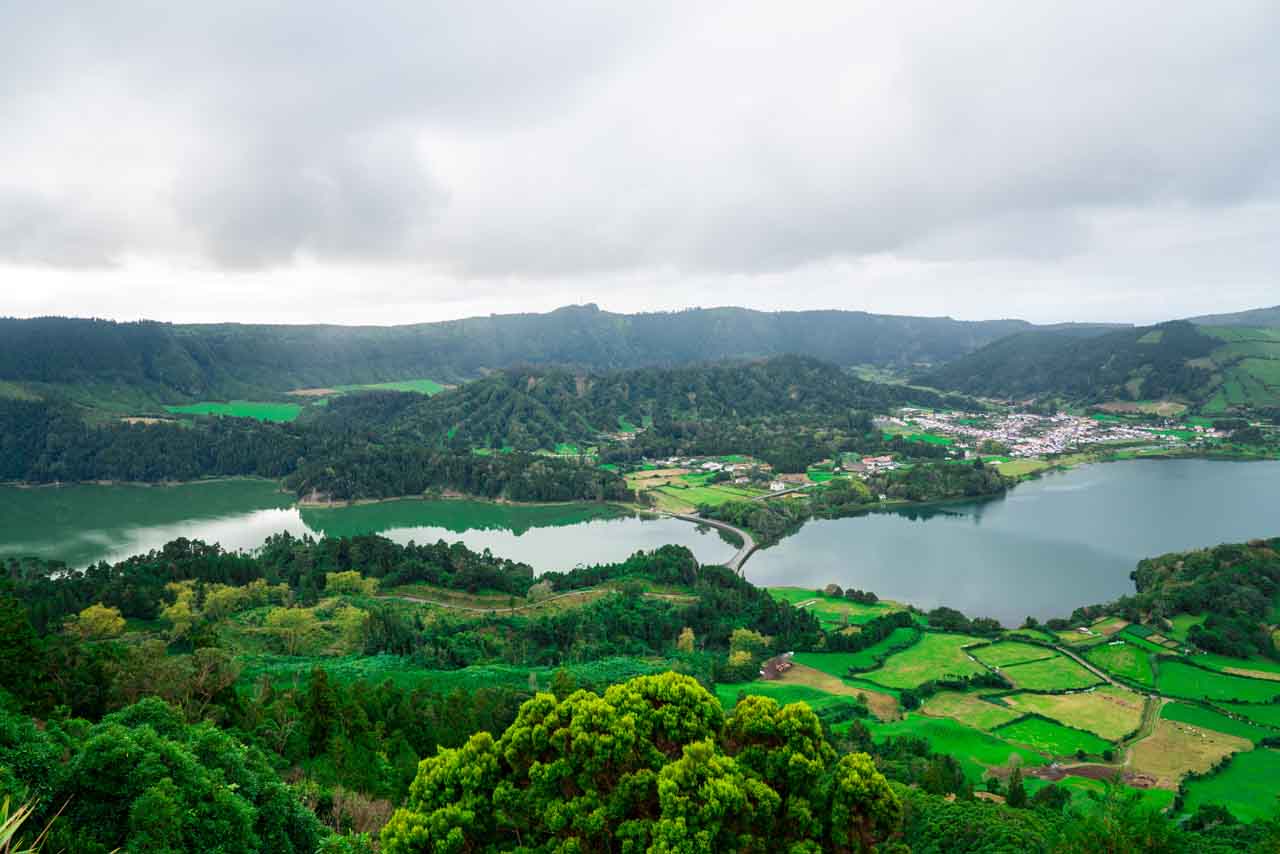In the vast expanse of the cosmos, moons orbiting other celestial bodies can be as intriguing and beautiful as the planets they revolve around. As we journey through the universe, we come across moons of all shapes, sizes, and compositions, each with its unique allure. Today, we present to you a list of the “8 Most Beautiful Moons of the Universe” that captivate astronomers and stargazers alike.
1. Europa (Jupiter’s Moon): Our list begins with one of Jupiter’s largest and most captivating moons, Europa. Known for its icy surface, Europa’s striking features include an intricate network of reddish-brown ridges and a subsurface ocean that holds the tantalizing possibility of extraterrestrial life. The moon’s delicate complexion and potential for microbial life make it a top contender for beauty in the universe.
2. Titan (Saturn’s Moon): Titan, Saturn’s largest moon, boasts a dense atmosphere and an otherworldly landscape reminiscent of Earth’s early years. With vast liquid methane lakes and rivers, as well as a thick orange haze that adds a sense of mystery to its appearance, Titan’s unique charm has earned it a spot on our list.
3. Enceladus (Saturn’s Moon): Another of Saturn’s enchanting satellites, Enceladus, stands out for its geysers of icy plumes that erupt from its south pole. These geysers contribute to the formation of one of the most captivating sights in the solar system, the E ring of Saturn. The combination of the pristine white surface, the contrast of the geysers, and the interaction with Saturn’s rings makes Enceladus a true cosmic gem.
4. Io (Jupiter’s Moon): Io, one of Jupiter’s Galilean moons, is a world of intense geological activity. Its surface is covered in colorful volcanic plumes, with some eruptions reaching hundreds of kilometers high. The constant renewal of its surface due to volcanic activity gives Io an ever-changing, mesmerizing appearance.
5. Miranda (Uranus’ Moon): The smallest of Uranus’ five major moons, Miranda is a mosaic of geological chaos. Its striking and unique landscape features fault canyons, terraced layers, and valleys, all merging to create an otherworldly beauty that defies easy categorization.
6. Triton (Neptune’s Moon): Triton, Neptune’s largest moon, stands out for its stunning icy surface and unique pinkish hue. Its landscape is marked by cryovolcanoes and an intriguing south polar cap that includes nitrogen geysers. Triton’s eerie, pinkish appearance against the backdrop of the dark, frigid Neptune adds to its allure.
7. Charon (Pluto’s Moon): Charon, Pluto’s largest moon, is a fascinating world in its own right. Its surface is characterized by rugged terrain, deep chasms, and a coloration that varies from reddish to gray. The presence of a massive chasm named “Serenity Chasma” that stretches over 1,000 kilometers adds to Charon’s unique appeal.
8. Mimas (Saturn’s Moon): Rounding out our list is Mimas, Saturn’s “Death Star” moon. This nickname arises from a massive crater named Herschel, which gives the moon its distinct resemblance to the fictional Death Star from the Star Wars franchise. Mimas’s resemblance to this iconic science fiction symbol and the sheer size of Herschel make it a captivating cosmic body.
These eight moons are just a glimpse of the stunning diversity found in our solar system and beyond. Their captivating features, from icy geysers to colorful volcanic plumes, have captured the imagination of scientists and space enthusiasts alike.
As technology advances and our understanding of the universe deepens, we can expect to uncover more of these exquisite celestial gems. The beauty of the cosmos lies not only in distant galaxies and nebulae but also in the many moons that grace the night skies of other worlds. As we continue our exploration of the universe, we are certain to encounter even more stunning and mesmerizing moons that will add to the ever-growing list of the universe’s most beautiful celestial bodies







